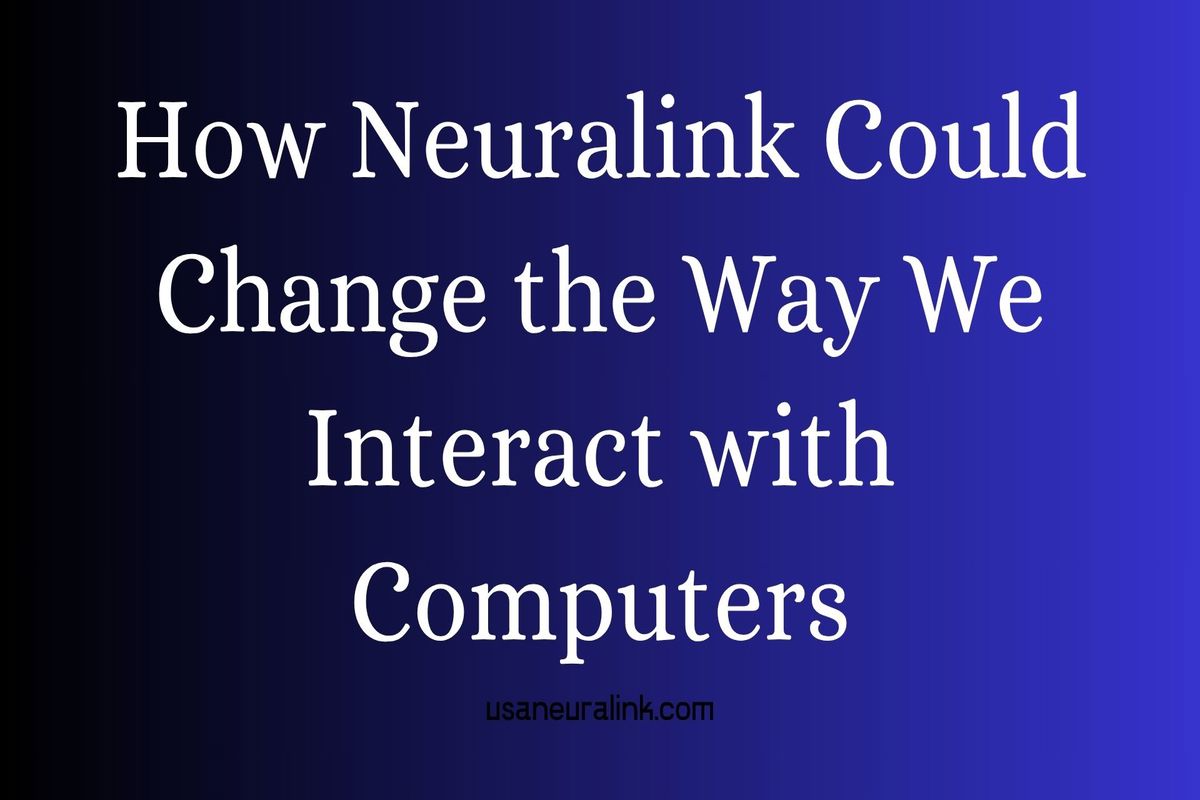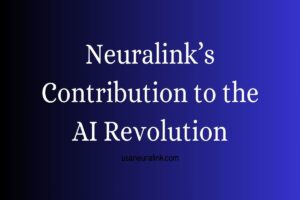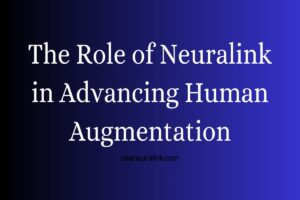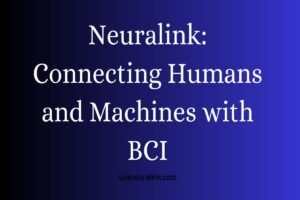Neuralink’s Use of Machine Learning in Data Processing
Imagine a world where your thoughts could control devices, where your brain could seamlessly communicate with technology, or where neurological conditions could be understood and treated with pinpoint accuracy. This isn’t science fiction—it’s the ambitious vision of Neuralink, a company pushing the boundaries of brain-computer interfaces (BCIs). At the heart of this futuristic endeavor lies something surprisingly familiar yet incredibly powerful: machine learning. If you’re wondering how Neuralink is using machine learning to process the mind-boggling complexity of brain data, you’re in the right place. Let’s dive in and explore this fascinating intersection of neuroscience and artificial intelligence in a way that feels less like a lecture and more like a chat over coffee.
The Brain: A Data Goldmine
First things first—let’s talk about the brain. It’s a marvel of nature, with roughly 86 billion neurons firing off signals in a symphony of electrical and chemical activity. Every thought, movement, or memory generates a cascade of data. For Neuralink, the goal is to tap into this data stream, decode it, and use it to bridge the gap between humans and machines. But here’s the catch: the brain’s language isn’t exactly straightforward. It’s not like reading a book or analyzing a spreadsheet. The signals are noisy, overlapping, and incredibly intricate. Trying to make sense of them manually would be like trying to hear a whisper in the middle of a rock concert.
That’s where machine learning comes in. Think of it as a super-smart translator—one that doesn’t just listen to the brain’s chatter but learns its patterns, filters out the noise, and turns raw data into something meaningful. Neuralink relies on this technology to process the massive amounts of information collected from its brain implants, and it’s a game-changer. But how does it actually work? Let’s break it down.

Neuralink’s Tech: A Quick Peek Under the Hood
Before we get into the machine learning magic, let’s set the stage with Neuralink’s hardware. The company has developed tiny, implantable devices—think of them as high-tech eavesdroppers—that sit in the brain and record neural activity. These implants are equipped with electrodes that pick up electrical signals from neurons. In early experiments (think pigs and monkeys), Neuralink has shown these devices can capture data tied to movement, like a monkey playing a video game with its mind. Cool, right?
But here’s the thing: capturing the data is only half the battle. The real challenge is figuring out what it all means. A single electrode might pick up signals from multiple neurons at once, and those signals can vary depending on what you’re thinking, doing, or even feeling. It’s a bit like trying to tune into a radio station while a dozen others are bleeding into the frequency. Machine learning steps in to clean up this mess and extract the good stuff.
Machine Learning: The Brain Whisperer
So, how does machine learning make sense of this neural chaos? At its core, machine learning is about teaching computers to recognize patterns and make predictions based on data. For Neuralink, this means training algorithms to interpret the brain’s electrical signals and link them to specific actions or intentions.
Imagine you’re training a puppy. You say “sit,” and when the puppy plops down, you give it a treat. Over time, it learns that “sit” means “put my butt on the ground.” Machine learning works in a similar way, but instead of treats, it uses data and feedback. Neuralink feeds its algorithms tons of brain signal data—let’s say, recordings of a monkey moving a cursor on a screen. The algorithm analyzes the patterns in those signals and starts to associate certain spikes or rhythms with specific movements. The more data it gets, the better it becomes at predicting what a signal means. Eventually, it can say, “Oh, that burst of activity? That’s the monkey wanting to move the cursor left.”
This process, called supervised learning, is just one piece of the puzzle. Neuralink likely uses a mix of techniques—like unsupervised learning (finding patterns without explicit instructions) and reinforcement learning (optimizing actions based on rewards)—to refine its data processing. The result? A system that can translate brain activity into real-world outcomes, like typing on a keyboard or controlling a robotic arm, all without lifting a finger.
Cleaning Up the Noise
One of the biggest hurdles Neuralink faces is noise. Not the kind you hear, but the random, messy fluctuations in brain signals that can muddy the waters. Maybe a neuron fires because you’re thinking about dinner instead of the task at hand, or maybe the electrode picks up interference from nearby cells. Machine learning is like a master sound engineer, filtering out the static to focus on the melody.
For example, Neuralink might use algorithms like neural networks—modeled loosely on how the brain itself works—to sift through the data. These networks can learn to ignore irrelevant signals and zero in on the ones that matter. Over time, they get so good at this that they can detect subtle differences in activity, like distinguishing between “move my hand” and “wiggle my fingers.” It’s this precision that could one day make Neuralink’s tech a lifeline for people with paralysis or other conditions that limit physical control.
Beyond Movement: Decoding Thoughts and Feelings?
Now, let’s get a little speculative (because who doesn’t love a good “what if”?). Neuralink’s early focus has been on movement—think prosthetics or gaming—but the potential goes way beyond that. Could machine learning help decode more abstract things, like thoughts or emotions? It’s a stretch, but not impossible. The brain’s activity patterns aren’t just tied to physical actions; they’re also linked to memory, imagination, and mood. With enough data and clever algorithms, Neuralink might one day interpret a signal as “I’m feeling happy” or “I’m remembering my childhood dog.”
This is where things get both exciting and a little tricky. Decoding complex mental states would require insanely advanced machine learning—think deep learning models with layers upon layers of analysis—and a whole lot of ethical guardrails. But the fact that Neuralink is already using machine learning to tackle simpler tasks suggests they’re building the foundation for something bigger. It’s like they’re learning the alphabet now so they can write novels later.
Why This Matters to You and Me
Okay, so Neuralink’s machine learning is cool—but why should we care? For one, it’s a glimpse into a future where technology and humanity blur in ways we’ve only dreamed of. If you’ve ever watched someone struggle with a disability, like losing the ability to speak or move after a stroke, you can see how this tech could change lives. Machine learning could help Neuralink restore those abilities, giving people a second chance to connect with the world.
Beyond medicine, there’s the sci-fi angle: enhancing our brains. Imagine downloading skills like in The Matrix or communicating telepathically. It’s wild to think about, and machine learning is the key that could unlock it. Of course, it’s not all rosy—privacy, security, and ethics are huge questions—but that’s a conversation for another day.
The Road Ahead
Neuralink’s journey is just beginning, and machine learning is its trusty co-pilot. As the company collects more data (hello, human trials!), its algorithms will get smarter, faster, and more accurate. The tech isn’t perfect yet—there are still kinks to iron out, like making implants less invasive or ensuring long-term reliability—but the progress is jaw-dropping. Every step forward is a testament to how machine learning can turn raw, messy data into something transformative.
So, next time you hear about Neuralink, think beyond the wires and electrodes. Picture the invisible dance of algorithms sifting through brain signals, learning, adapting, and making the impossible possible. It’s not just about processing data—it’s about unlocking the human mind, one neuron at a time. And honestly? That’s pretty mind-blowing.
Share this content:






















Post Comment